Walnuts: The Importance of Grafting
Students explore the science and economic importance of grafting walnut trees.
Students explore the science and economic importance of grafting walnut trees.
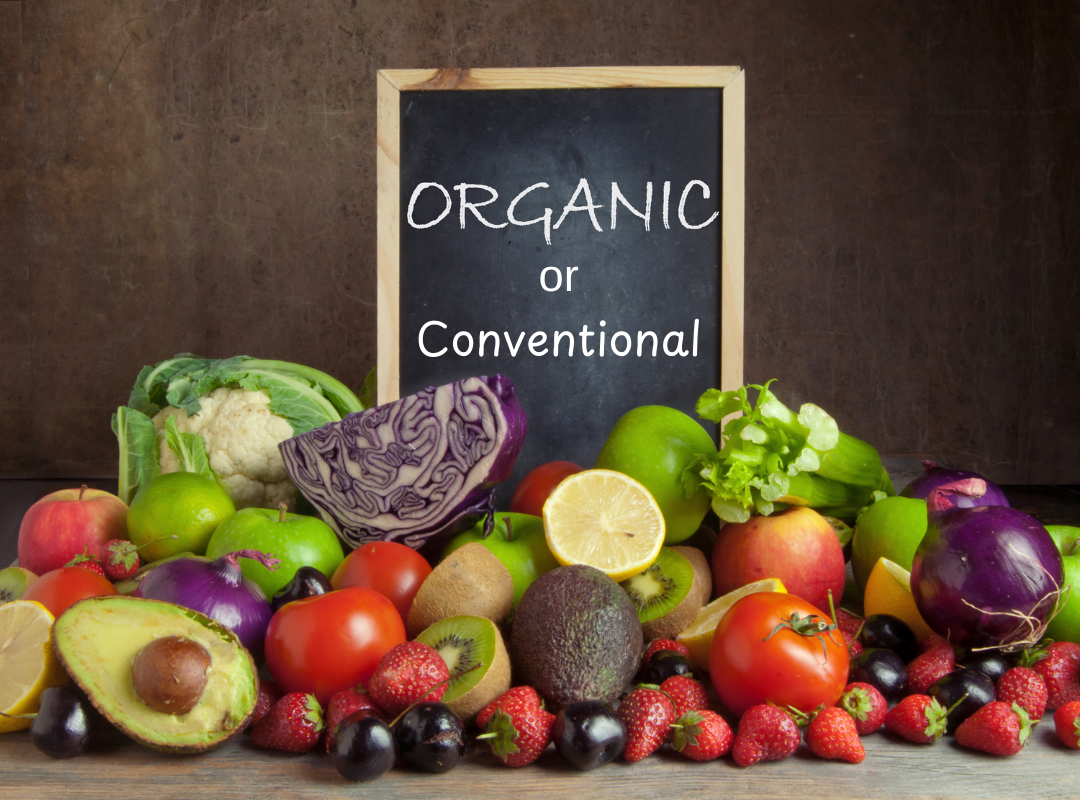
Using the claim, evidence and reasoning model, students will compare and contrast organic vs conventionally produced foods to discover the differences and similarities of each farm production style.
Students discover that farm animals produce different types of products. Grades PreK-K
Students discover that there are many different types of farms. Grades PreK-K
Students investgate different food crops and how they grow. Grades PreK-K
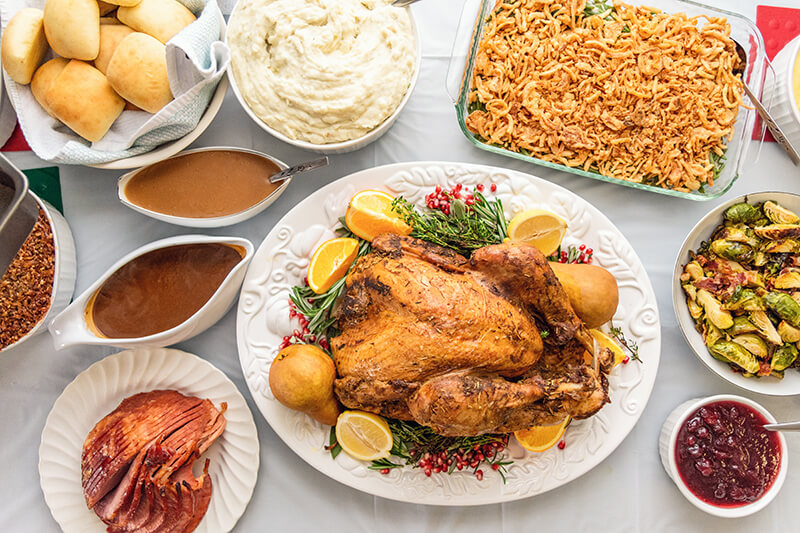
Identify common Thanksgiving foods and their farm source, determine if those foods can be produced locally, and locate the common origins of their Thanksgiving day dinner.
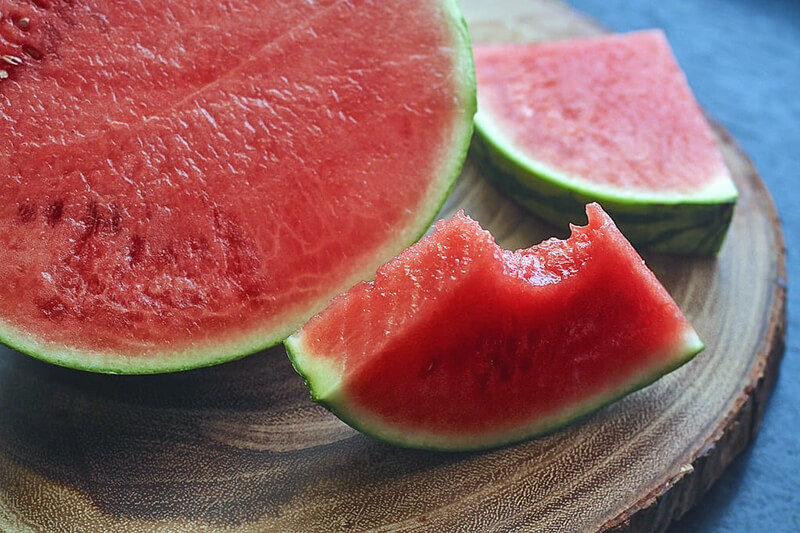
Students apply the steps of mitosis and meiosis to learn about the production of both seeded and seedless watermelon. Students will learn about the discovery of colchicine, which made seedless watermelon possible and use modeling clay and beans to model meiosis and mitosis.

In this lesson students will learn about plant parts and how they function in plant growth and reproduction.
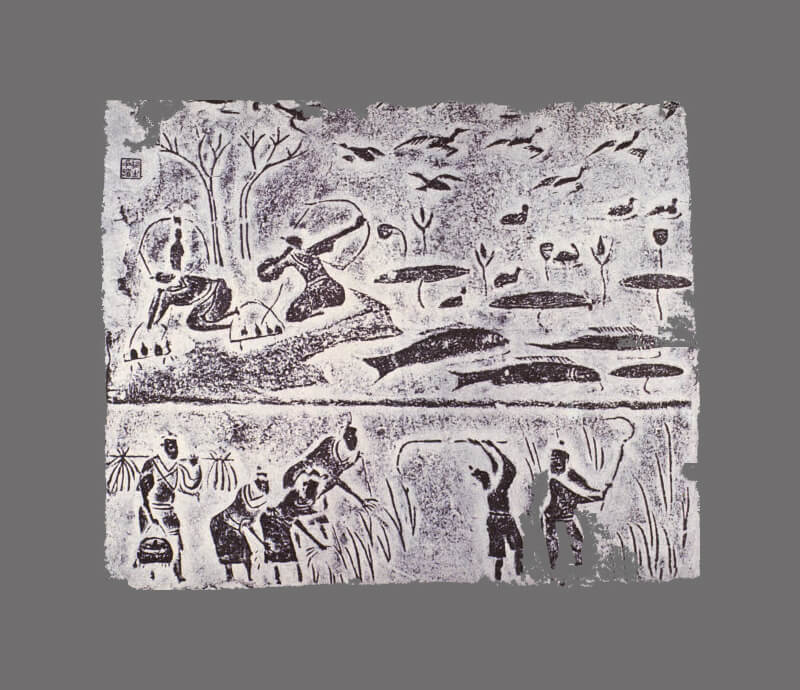
Students will participate in a foraging activity, gaining perspective on how scarcity of resources can affect well-being and how agriculture provides the benefit of a steady, reliable food supply. Then they will read about hunter-gatherers and early agriculture and use maps to explore how geography affected the development of early civilizations.
Students explore the value of farmers markets to local communities and discover the benefits of locally-grown food.
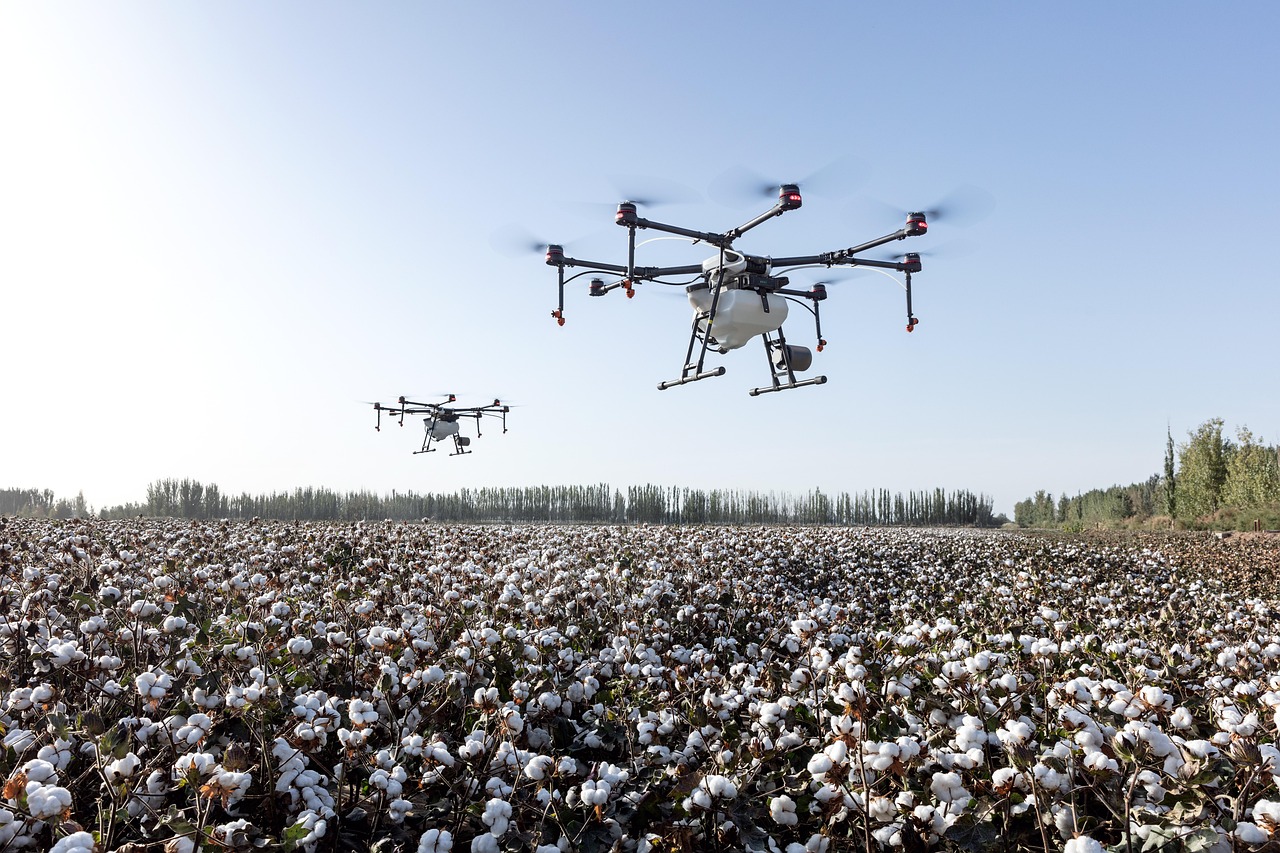
Students discover the science behind how a drone works, explore how drones are used in agriculture, and program and operate a drone for the purpose of surveying a field.

Students explore the carbon cycle and evaluate the carbon footprint of cattle. Using critical thinking skills, students will use the Claim, Evidence, and Reasoning model to determine the effect of cows’ methane production on the environment and investigate the extent cattle contribute to climate change.